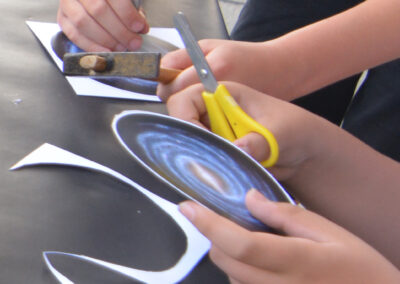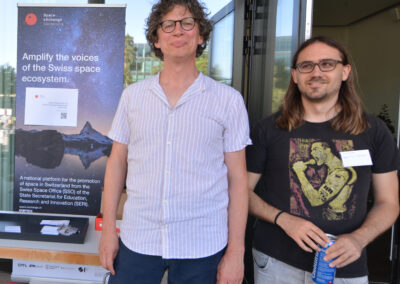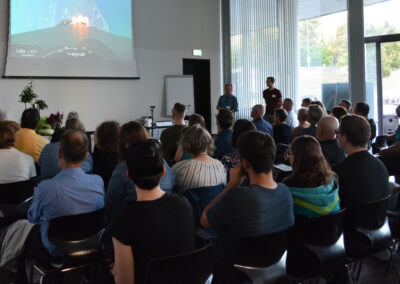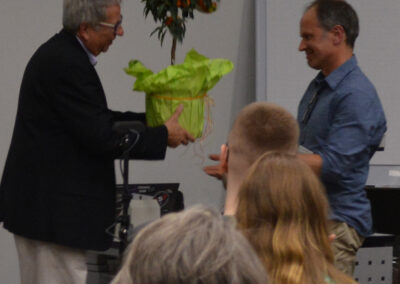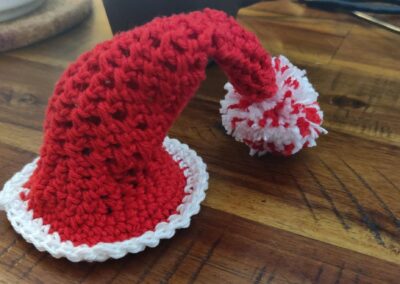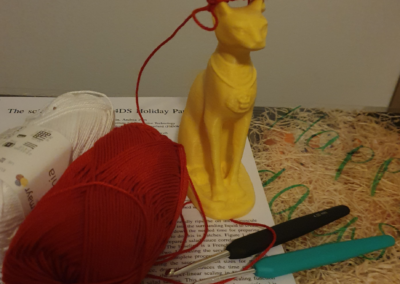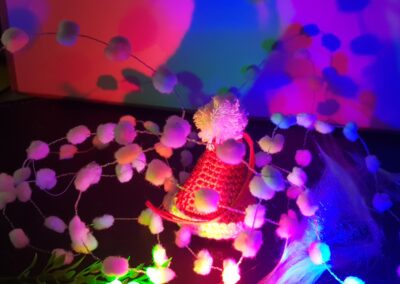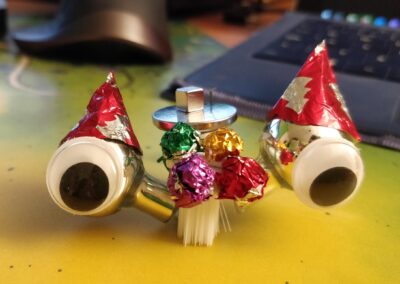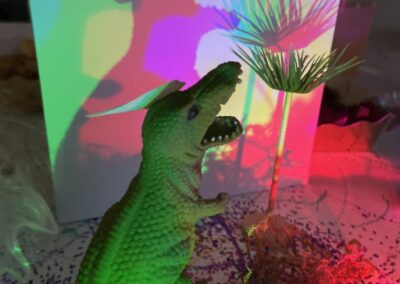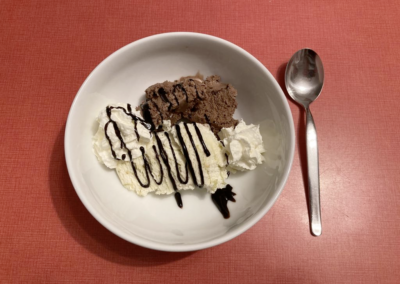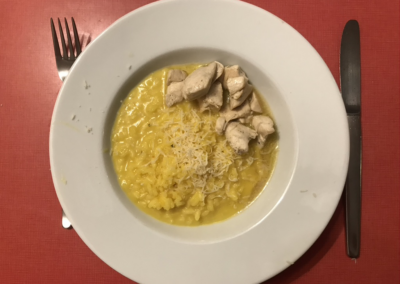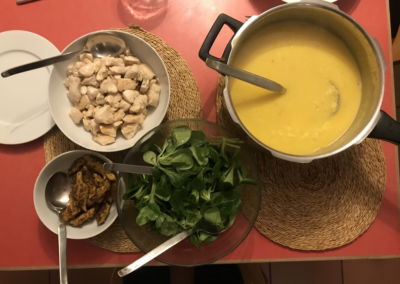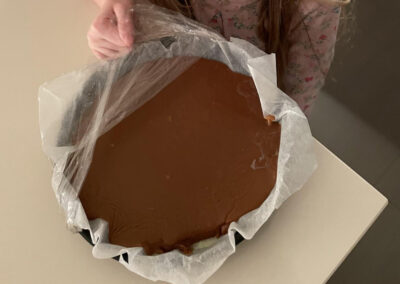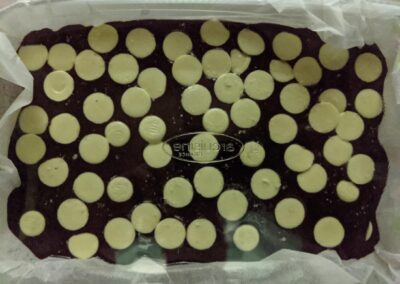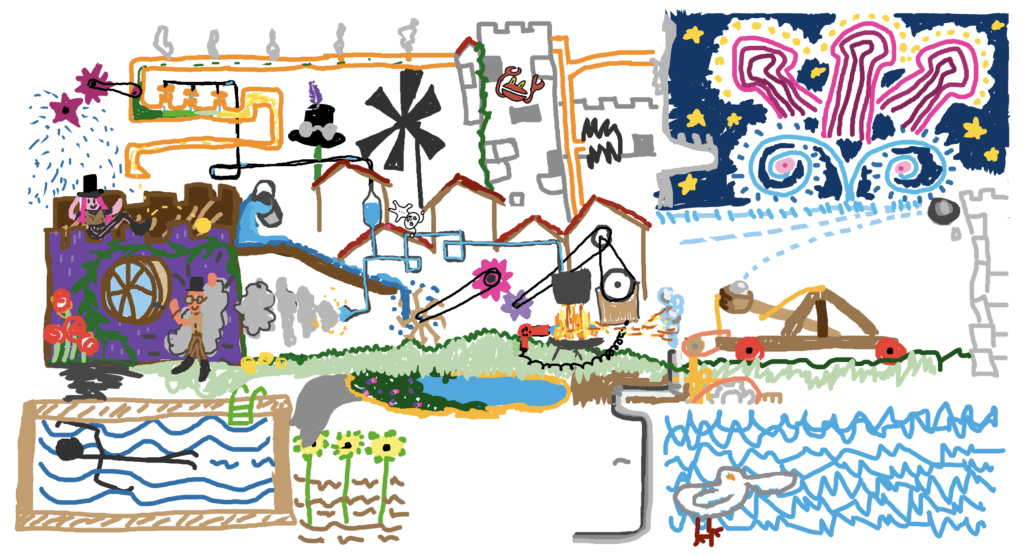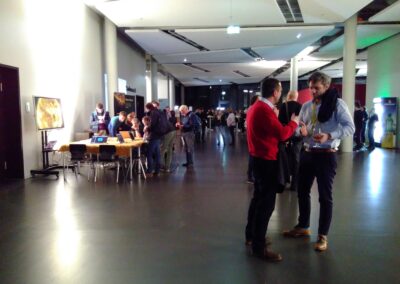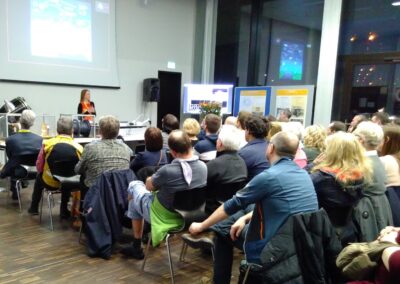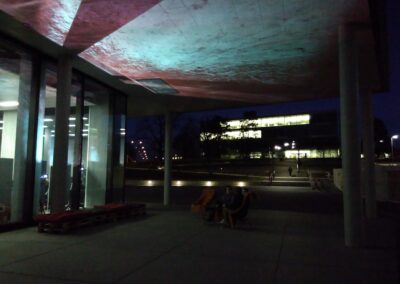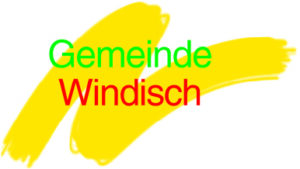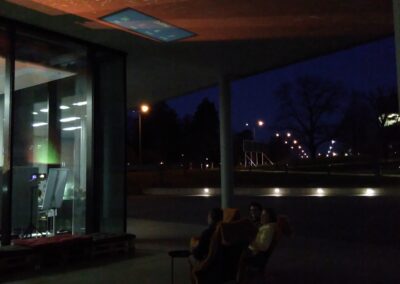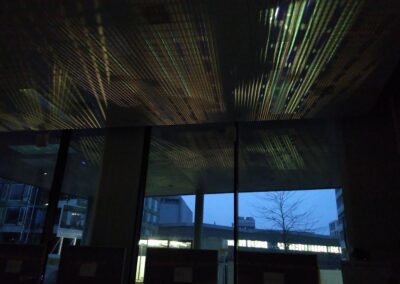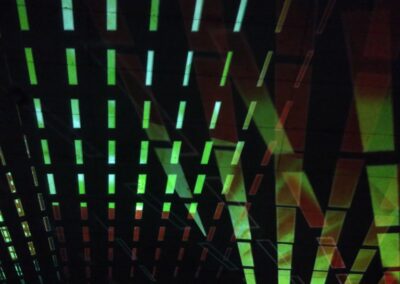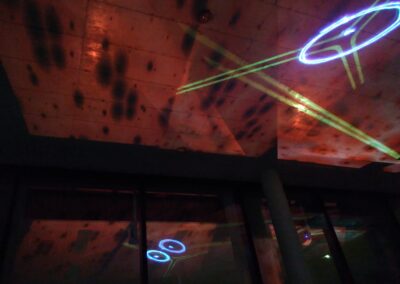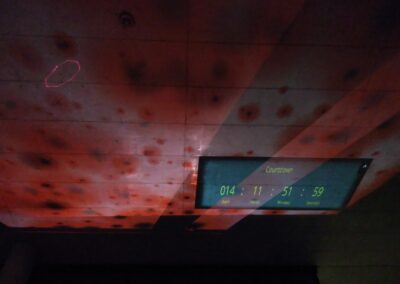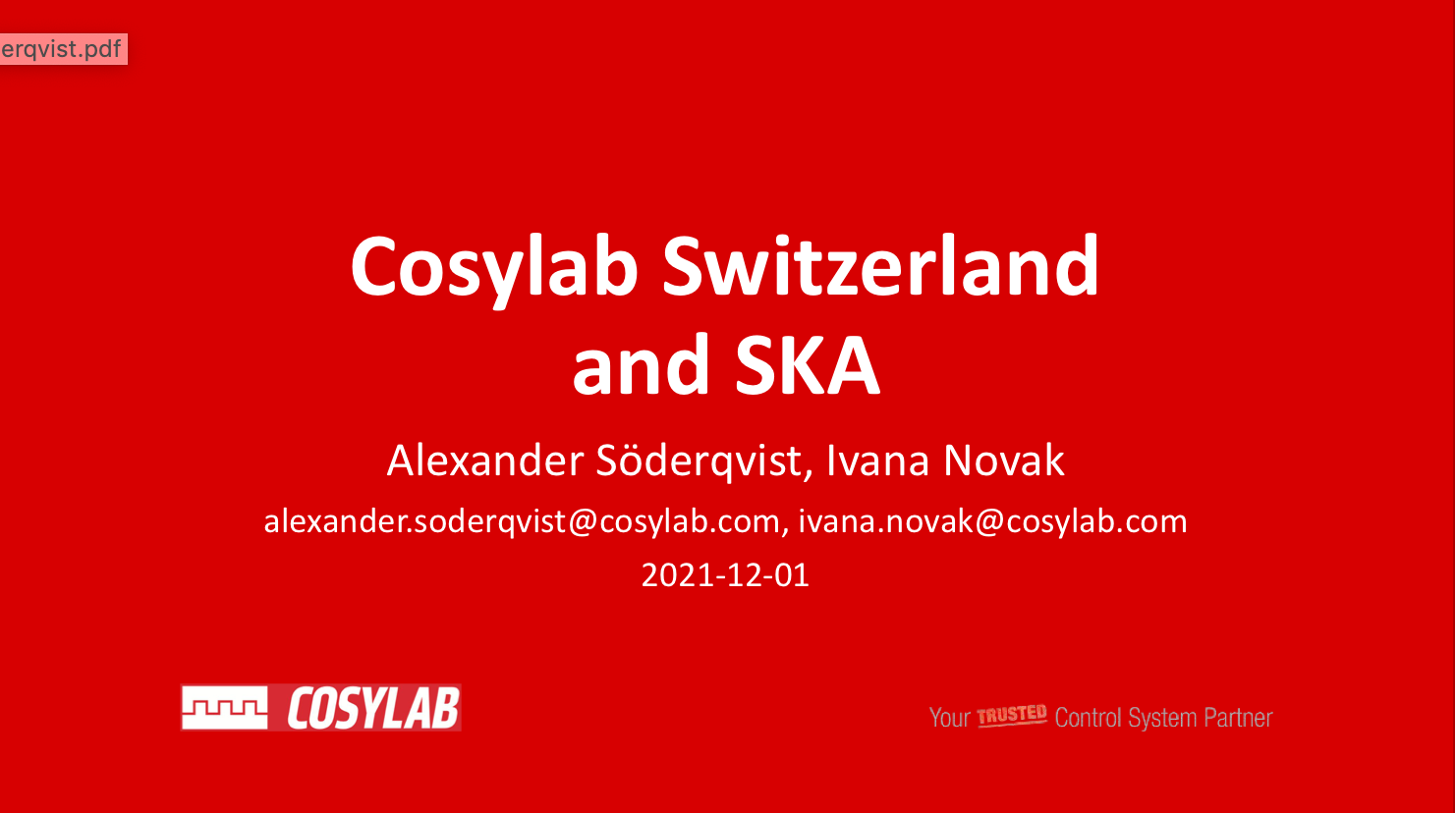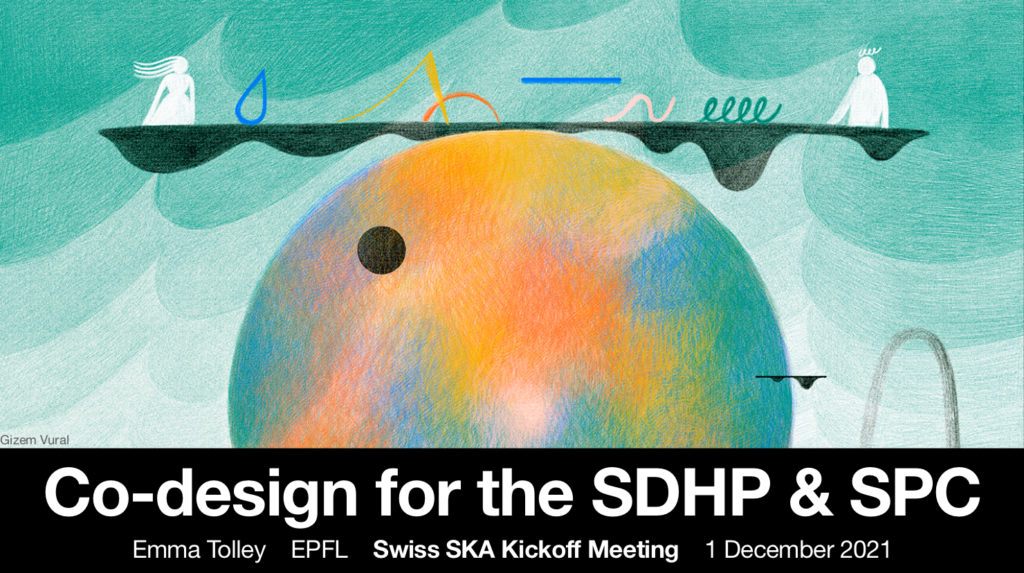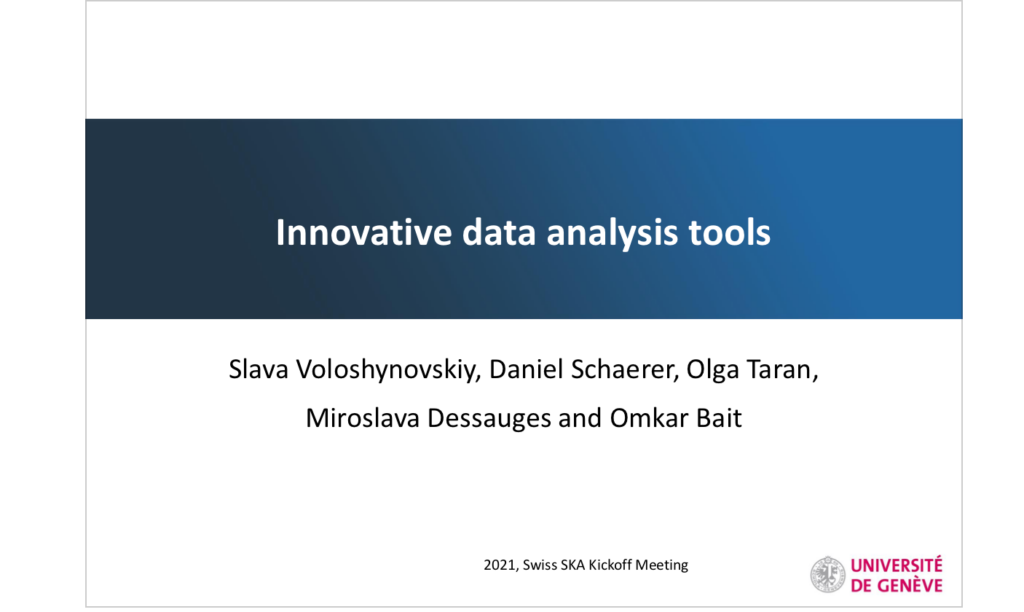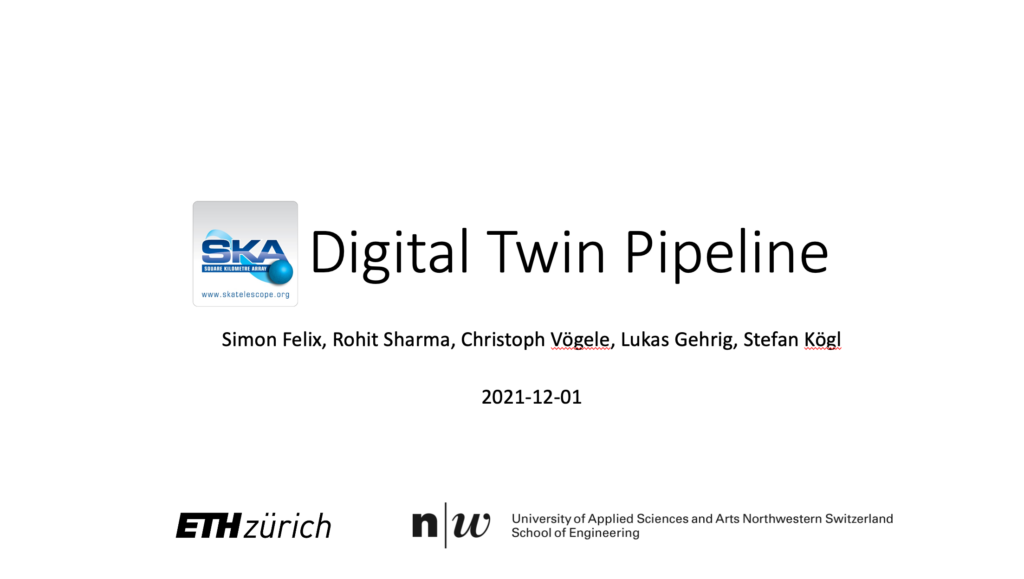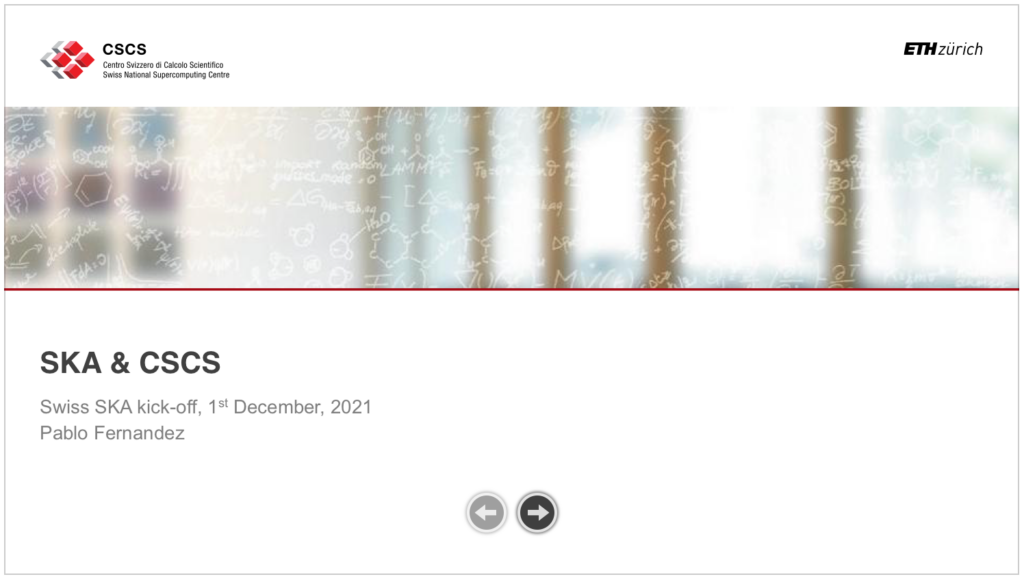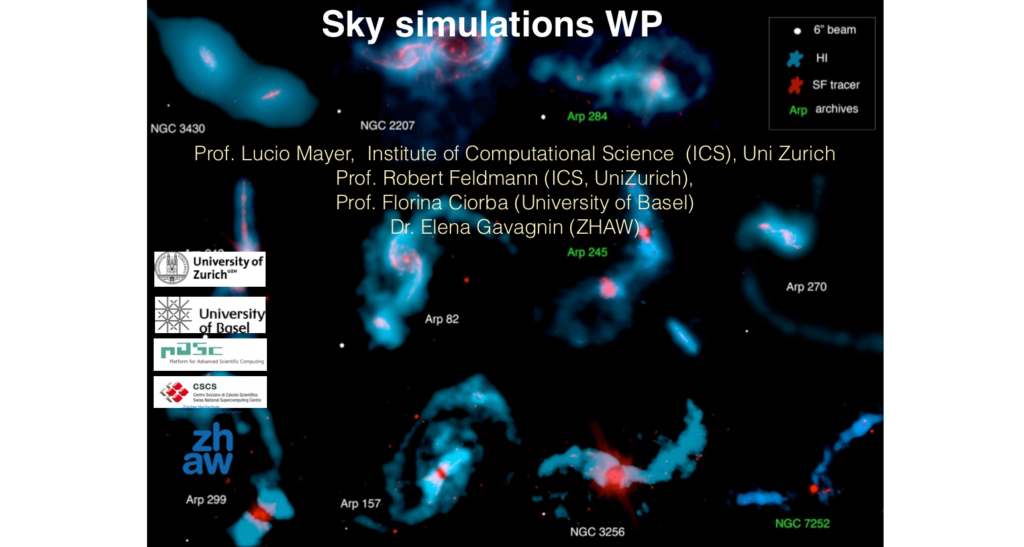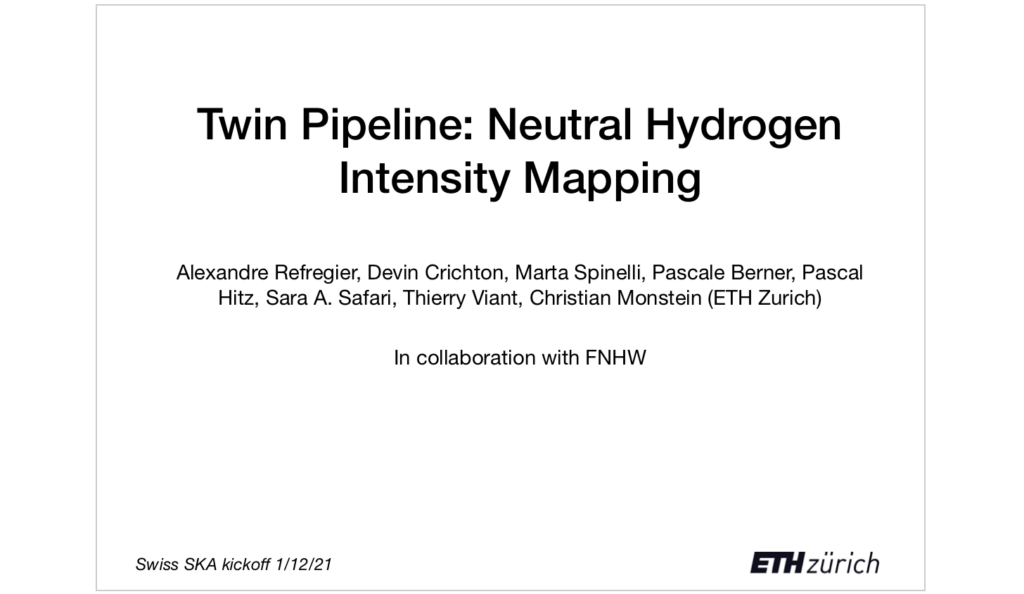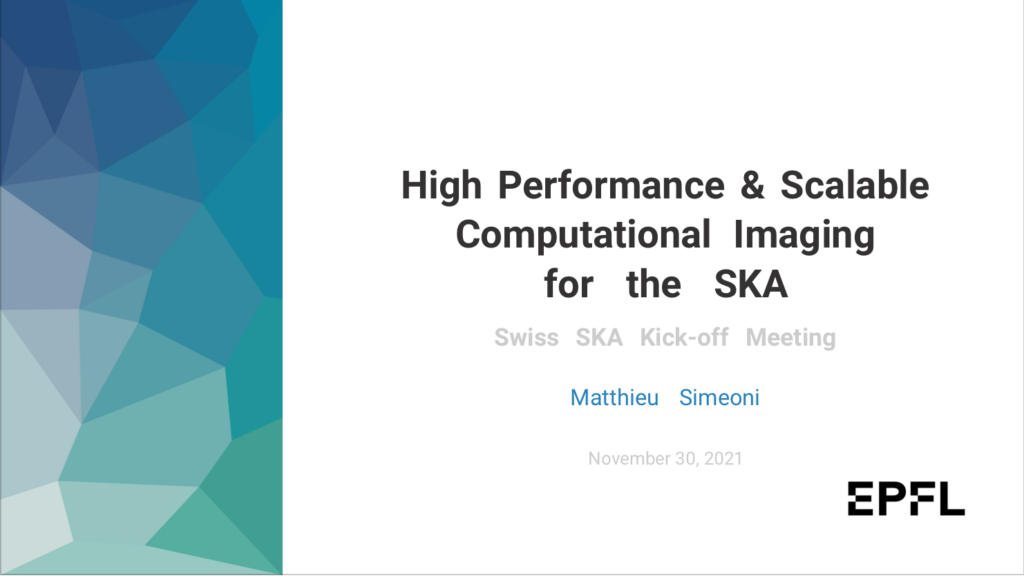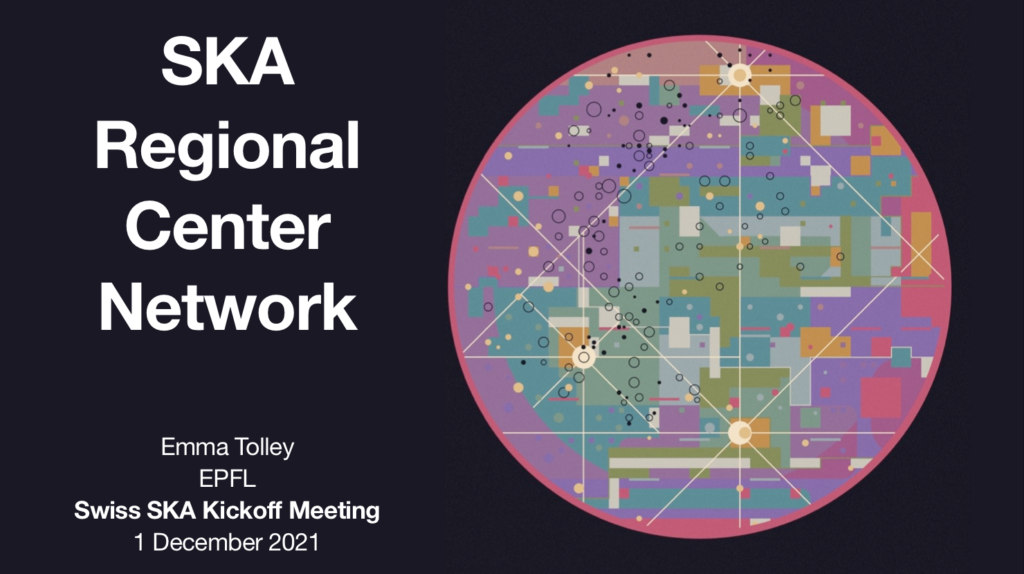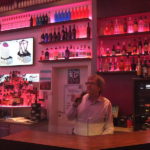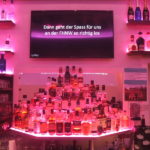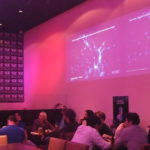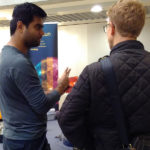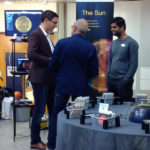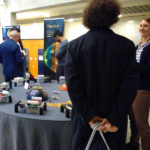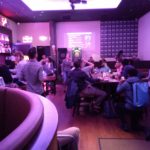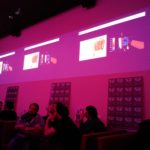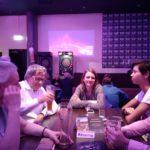Social and more

Happy quarter Fridays 17.00
Everybody is welcome!
Heliophysics Journal Club
Tuesday 14.30
Bi-weekly discussion group on topics in heliophysics and astroinformatics.
See next date and paper to be discussed here.
Interested in joining us? Welcome!
Papers discussed before
Astro ML Exchange
Every Friday 16.00
Sharing data sets and discussing work on projects involving Machine Learning in astrophysics and heliophysics.
Interested in joining us? Welcome!
I4DS Journal Club
Mondays or Tuesdays, 12.00
Bi-weekly discussion group on topics in data science, machine learning, NLP …
Interested in joining us? Welcome!
Room 5.2A32 + remote option
RODEM Seminar Series
on announcement
Meet top-class speakers in machine learning and beyond such as Samy Bengio (Apple), …
Interested in joining us? Welcome!
Knowledge Exchange
Mondays 9.00 or 16.00
Bi-weekly 30-min-presentations of projects from the four research groups at the Institute for Data Science.
Interested in joining us? Welcome!
Past Events (selection)
Launch of Euclid, ESA’s mission to explore the dark Universe
2023 July 3, Euclid Post-Launch Celebration @FHNW Windisch
3 school classes making galaxy frisbees and -tops, a Euclid booth, a spacedome, live space songs by baboon, a science slam by Stefan Hackstein, many conversations among different people, a bar by FHNW students, an apero and talks by Oliver Botta (SBFI), Martin Melchior, Simon Marcin and Francesca Lepori (UZH) – everything in a relaxed setting with diverse people meeting around topics in science and technology.
STIX – voyage to the sun
2020 Jan 22 – Feb 28 Lichtistallation auf dem Campusplatz Windisch
anlässlich des Starts der Raumsonde Solar Orbiter
Künstler: Stephan Athanas und Michael Omlin
Wir bedanken uns bei den folgenden Institutionen für die Unterstützung
Conferences and Meetings
2022 July 11-15, SPHERE – Solar Physics High Energy Research Workshop
Three locations: FHNW Windisch, SwRI Boulder, online
International meeting of scientists who work with data from the X-ray telescope STIX on board ESA’s spacecraft Solar Orbiter.
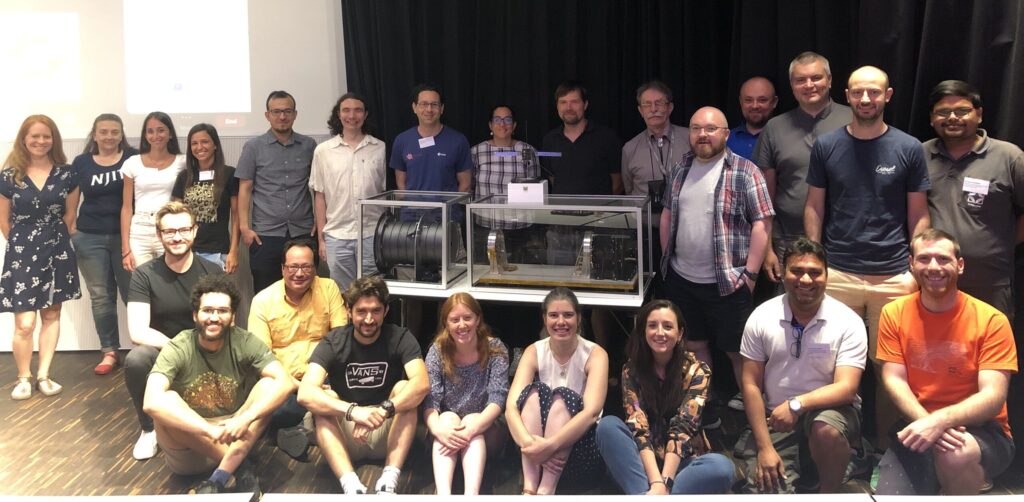
2021 December 2nd, AstroSignals Kick-off Meeting
AstroSignals is a Swiss initiative preparing for upcoming research opportunities in the field of radio-astronomy in anticipation of the Swiss participation in the Square Kilometer Array Organization SKAO. The AstroSignals project has recieved funding by the Swiss National Science Foundation’s Sinergia programme. The kick-off meeting took place at FHNW Windisch right after the kick-off meeting of the Swiss SKA Consortium on December 1st.
2021 December 1st, Swiss SKA Consortium Kick-off Meeting
The Swiss SKA consortium, currently consisting of nine academic members and several companies, met at FHNW Windisch to officially start collaboration towards the Swiss participation in the Square Kilometer Array Organization SKAO expected early 2022. SKAO will build the largest radio telescope infrastructure ever. The Swiss SKA consortium has recieved funding from the Swiss State Secretariat for Education, Research and Innovation SERI.
Presentations:
2020 October 29.30, 4th Swiss SCOSTEP Workshop
The Swiss heliophysics community and some reknowned international experts shared current and upcoming topics in heliophysics. Due to Covid-19 the workshop, organized by Marina Battaglia, took place online rather than at FHNW Windisch.
2020 October 9, General Assembly of the Swiss Society of Astrophysics and Astronomy SSAA
Talk by André Csillaghy ‘Data science and astronomy, two deeply connected domains’
Results from ongoing analysis and interpretation of archival RHESSI data and coordinated observations of high-energy solar eruptive events using instruments/facilities such as EOVSA, NuSTAR, PSP, Fermi, and MinXSS. Sessions on preparing for future missions such as STIX/Solar Orbiter and FIERCE.
2019 July 5, Investigating the two extremes of solar activity using data from the Murchison Widefield Array, Special Seminar with Surajit Mondal, National Centre for Radio Astrophysics (NCRA), Pune, India
Abstract
The solar activity is of two types: one when the sun is very active and gives rise to many flares and coronal mass ejections (CMEs) and other when the sun is very quiet and there is no X-ray flare for several days. Using data from the MWA, we have investigated a CME event and a quiet sun. We have been able to detect gyro-synchrotron emission from the CME and have successfully modelled the emission. Using the model, we have estimated different plasma parameters in a spatially resolved manner at different times. In this talk, I will discuss the details of the fitting procedure and how we succeeded in detecting the emission even after 2 hours after the initial eruption and at a height of ~4.7 solar radius. In the second part of my talk, I will focus on the coronal heating problem. I will give the first direct and robust observational evidence, to the best of our knowledge, that Hudson’s criterion is satisfied even in the case of quiet sun. Several other predictions of the nanoflare hypothesis are also found to be valid in this case. All these works have been possible with the automated high dynamic range imaging routine we have developed. I will also talk about this briefly. If time permits I will also briefly discuss the various other works which are happening in our group.
2019 March 6-7, 3rd Swiss SCOSTEP Workshop, World Radiation Center Davos
Current developments in Switzerland: fundamental solar physics, solar variability, Sun-Earth relations in proxies, observations, and model simulations, future (space) missions/observations.
2018 November 15-16, 23rd Solar Orbiter Science Working Team Meeting, FHNW Windisch
More than 50 scientists and engineers from allover Europe met in Windisch with representatives of the European Space Agency ESA to discuss updates on Solar Orbiter mission preparations.
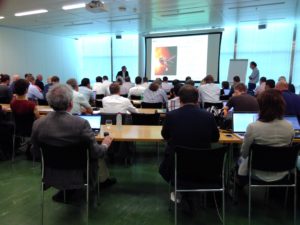
More than 80 participants from the SKA organization, government agencies, universities and the Swiss industry participated at the 3rd Swiss SKA Days organized by EPFL and I4DS at the FHNW Brugg-Windisch Campus.
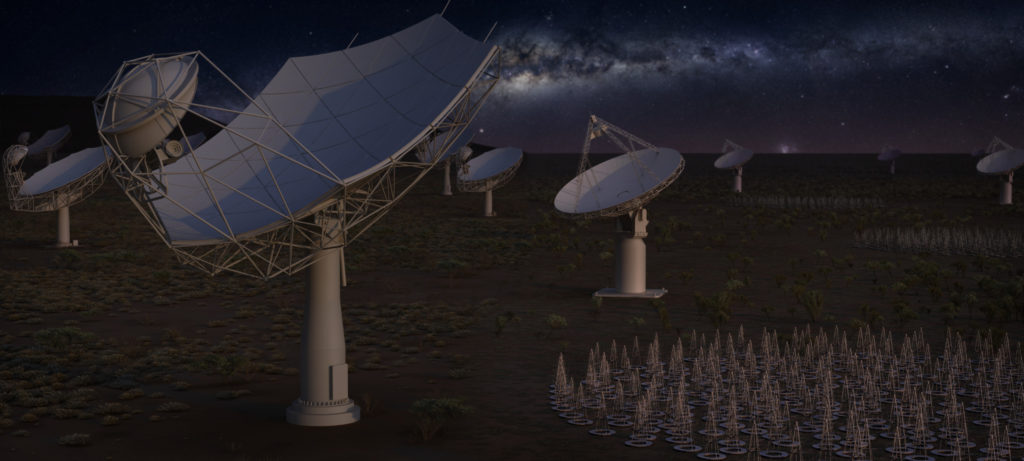
Heliophysics Journal Club 2021
November 16, Stereoscopy of extreme UV quiet Sun brightenings observed by Solar Orbiter/EUI
November 2, Ion Acceleration and the Development of a Power-law Energy Spectrum in Magnetic Reconnection
October 19, Capturing transient plasma flows and jets in the solar corona
October 5, ALMA small-scale features in the quiet Sun and active regions
September 21, Observations of shock propagation through turbulent plasma in the solar corona
July 13, Solar Energetic Electron Events Associated with Hard X-Ray Flares
June 15, Fine structure of type III solar radio bursts from Langmuir wave motion in turbulent plasma
June 1, Applications of machine learning for solar data and an introduction
May 18, Observations of the Quiet Sun during the Deepest Solar Minimum of the Past Century with Chandrayaan-2 XSM: Sub-A-class Microflares outside Active Regions
May 4, Extreme-ultraviolet bursts and nanoflares in the quiet-Sun transition region and corona
April 20, Energy budget of plasma motions, heating, and electron acceleration in a three-loop solar flare
March 23, Reconnection nanojets in the solar corona
February 23, FOXSI-2 Solar Microflares II: Hard X-ray Imaging Spectroscopy and Flare Energetics
February 9, IRIS Observations of the Low-atmosphere Counterparts of Active Region Outflows
January 12, Solar X-ray Monitor On Board the Chandrayaan-2 Orbiter: In-flight Performance and Science Prospects
January 26, Flare Expansion to a Magnetic Rope Accompanied by Rare Radio Bursts
Papers discussed before 2021
2020
December 15, Electron Acceleration from Expanding Magnetic Vortices During Reconnection with a Guide FieldDecember 1, An Explanation of Remarkable Emission-line Profiles in Post-flare Coronal RainNovember 17, Periodicities in an active region correlated with Type III radio bursts observed by Parker Solar ProbeOctober 20, Accelerated Electrons Observed Down to <7 keV in a NuSTAR Solar MicroflareOctober 6, Global maps of the magnetic field in the solar coronaSeptember 22, Radio Echo in the Turbulent Corona and Simulations of Solar Drift-pair Radio BurstsSeptember 8, Spectral Characteristics and Formation Height of Off-limb Flare RibbonsAugust 25, Can the Superposition of Evaporative Flows Explain Broad Fe XXI Profiles during Solar Flares?August 11, Loss-cone instability modulation due to a magnetohydrodynamic sausage mode oscillation in the solar coronaJune 16, The Sun is less active than other solar-like starsJune 2, Relating Streamer Flows to Density and Magnetic Structures at the Parker Solar Probe May 19, Relating Streamer Flows to Density and Magnetic Structures at the Parker Solar Probe May 5, Density Fluctuations in the Solar Wind Based on Type III Radio Bursts Observed by Parker Solar ProbeApril 21, Spectral signatures of chromospheric condensation in a major solar flareApril 7, Solar Flare Distributions: Lognormal Instead of Power Law?March 24, Extreme Ultraviolet Observations and Analysis of Micro-Eruptions and their associated Coronal WavesMarch 10, Hard X-Ray Observations of a Jet and Accelerated Electrons in the CoronaFebruary 11, Observations of Jetlet-like Events at Edges of Solar Magnetic Network LanesJanuary 28, STIX instrument paperJanuary 14, Dark Jets in Solar Coronal Holes
2019
December 17, Probing the energetic particle environment near the Sun
November 19, Characterizing Upward Lightning With and Without a Terrestrial Gamma Ray Flash
November 5, Search window of solar flare neutrinos
October 22, A basal contribution from p-modes to the Alfvénic wave flux in the Sun’s corona
October 8, Localized Microwave and EUV Bright Structures in an Eruptive Prominence
September 10, Visualizing Data using t-SNE
August 27, What Determines the X-Ray Intensity and Duration of a Solar Flare?
August 13, Triggering the Birth of New Cycle’s sunspots by solar tsunami
July 30, The development of lower-atmosphere turbulence early in a solar flare
July 16, Constraints on energy release in solar flares from RHESSI and GOES X-ray observations
July 2, Gamma ray emission from a behind-the-limb-flare
June 18, Predicting solar flares using machine learning
June 4, On the Relative Brightness of Coronal Holes at Low Frequencies
May 21, Propagation of Interplanetary Coronal Mass Ejections: The Drag-Based Model
May 4, Determination of the Total Accelerated Electron Rate and Power Using Solar Flare Hard X-Ray Spectra
April 7, Determination of the Total Accelerated Electron Rate and Power Using Solar Flare Hard X-Ray Spectra
March 26, Micro Flares and their HXR and Microwave Emissions
February 12, Mapping the magnetic field of flare coronal loops
February 26, The Formation of IRIS Diagnostics
February 12, Frequency rising sub-THz emission from solar flare ribbons
January 29, Statistical Study of Chromospheric Evaporation in Impulsive Phase of Solar Flares
January 15, Solar Physics with the Square Kilometer Array
2018
December 18, Life Versus Dark Energy: How An Advanced Civilization Could Resist the Accelerating Expansion of the Universe
December 4, Finding Flares in Kepler Data Using Machine-Learning Tools
November 20, Topological model of the anemone microflares in the solar chromosphere
October 23, Electron Time-of-Flight Distances and Flare Loop Geometries Compared from CGRO and YOHKOH Observations
September 25, Presentation by Rohit Sharma about his PHD work
September 11, Noise-Storm Continua: Power Estimates for Electron Acceleration
August 14, Presentation by Matej Kuhar about his PHD work
August 7, Presentation by Säm Krucker about his recent work in Japan
July 17, Radiative backwarming in white-light flares
June 6, Global conditions in the solar corona from 2010 to 2017
May 22, Solar Flare Prediction Using SDO/HMI Vector Magnetic Field Data with a Machine-learning Algorithm
May 8, Slipping Magnetic Reconnection during an X-class Solar Flare Observed by SDO/AIA
April 24, About the first observations of solar flares: Carrington, Hodgeson
March 27, Alfvénic waves with sufficient energy to power the quiet solar corona and fast solar wind
March 13, Photospheric observations of surface and body modes in solar magnetic pores
Talks & Public Engagement
2022 July 11-15, öffentliche Sonnenbeobachtung auf dem Campusplatz
mit Teleskopen und Satellitendaten, anlässlich des internationalen Treffens der Sonnenphysiker:innen an der FHNW
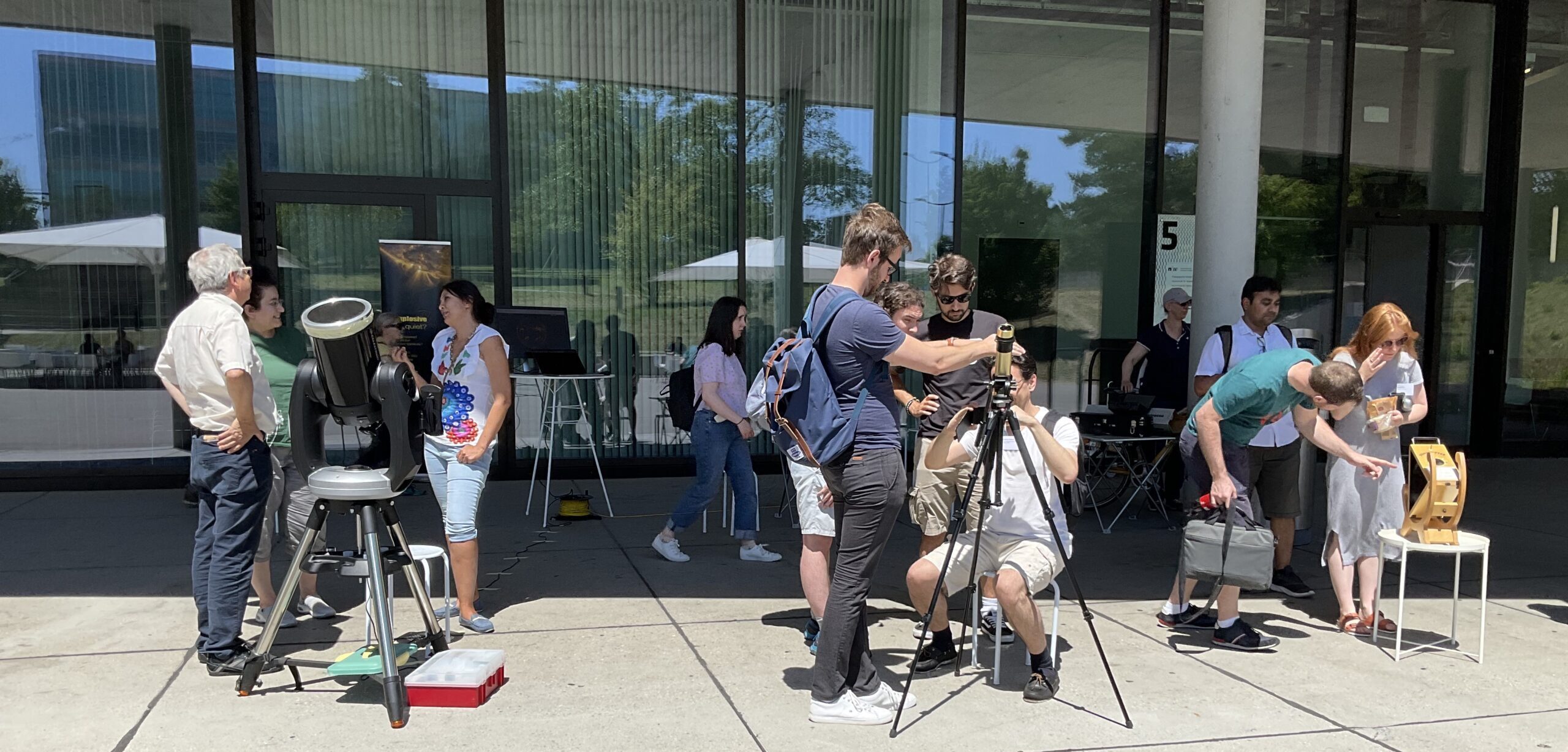
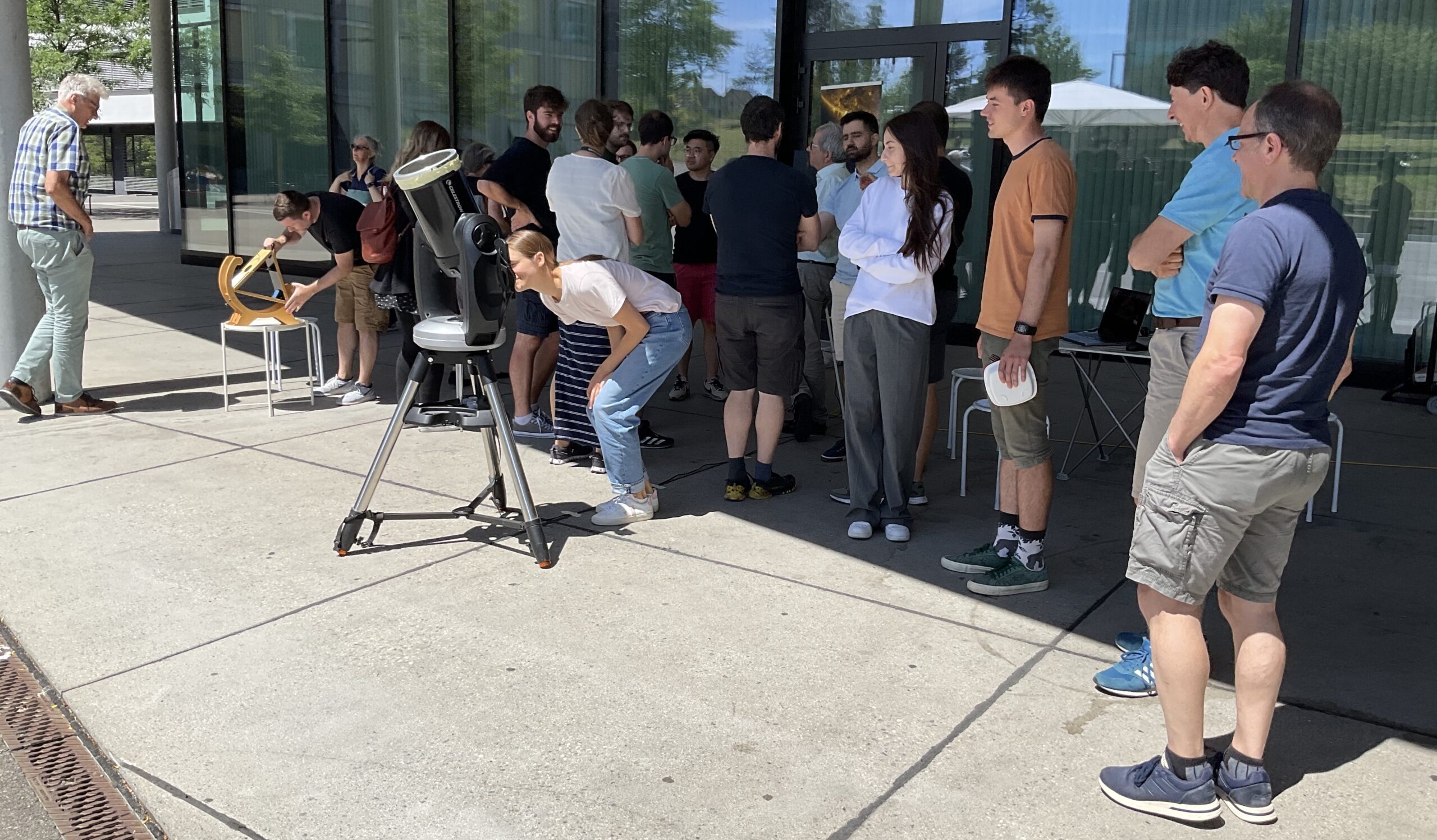
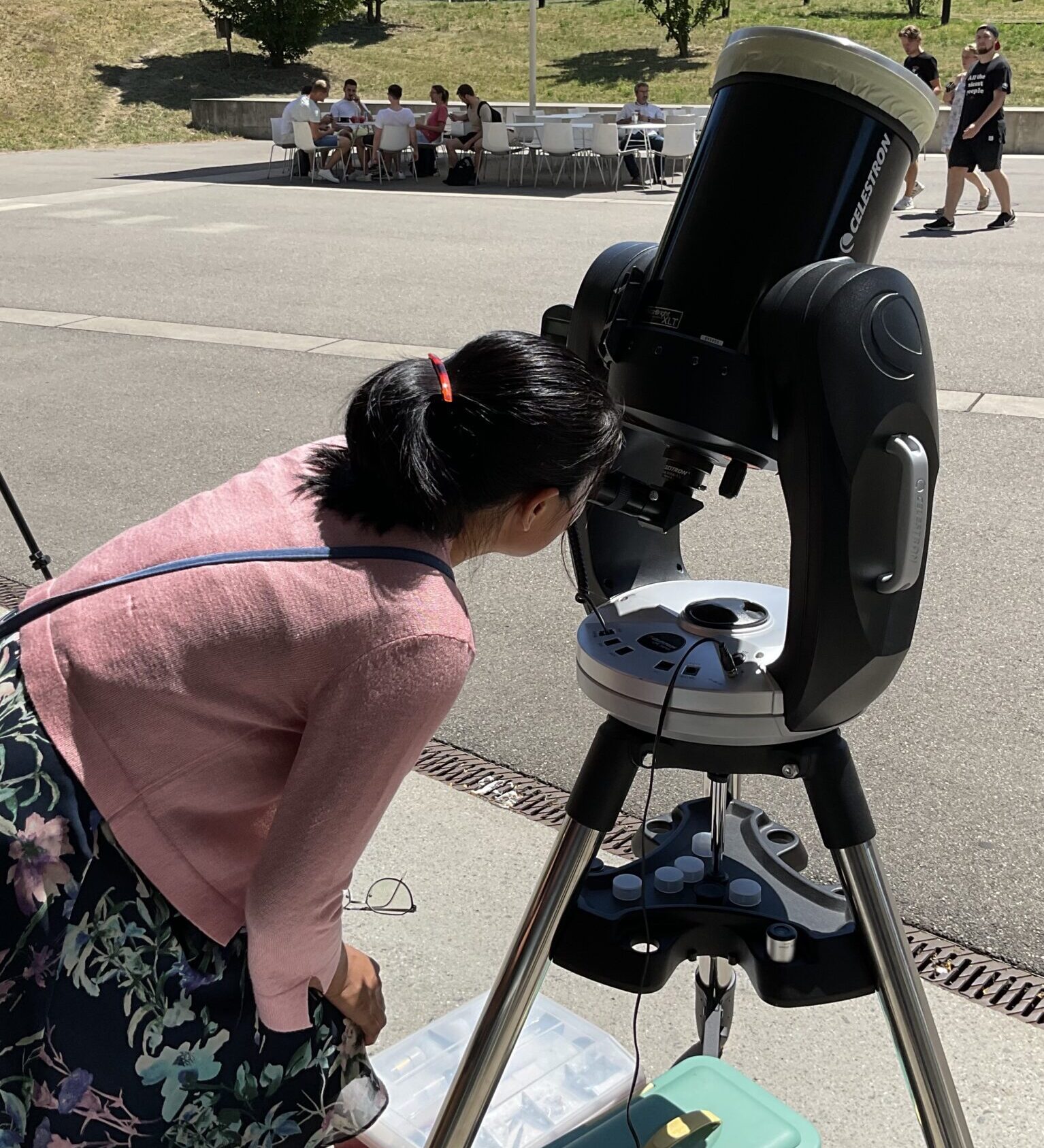
2020 January 24, Science Café mit Säm Krucker, Raumschiff – Werkstatt für Astronomie, Dübendorf
2019 July 18, Vortrag und Virtual Reality-Erlebnis im Raumschiff: André Csillaghy stellte einer Männervereinigung die Sonnenforschung an der FHNW und das Röntgenteleskop STIX vor. Danach probierten alle die von FHNW-Studierenden entwickelte VR-App ‘Floating in Space’ aus.
2019 April 9, FHNW Technik Transfer Transparent: SMILE – Eine chinesisch-europäische Raumfahrtmission mit FHNW Beteiligung. Vortrag von Samuel Krucker (I4DS) und Matthias Fankhauser (IPPE) über das neue Projekt. Die Folien sind auf der SMILE-SXI-Projektseite zugänglich.
2019 March 2-3, Swiss Solar Activities at the Science Museum London: Explosiv oder ruhig? Die Schweizer Sonnenphysik a, ‘The Sun Family Festival’ mit einem interaktiven Stand um das am I4DS entwickelte App heliotime.org für helioviewer.org. Für die Schweizer Botschaft anlässlich der Sonderausstellung The Sun – Living with our Star
2019 February 14, Neubad Lecture Luzern: Schwarze Löcher: über untote Sterne, die ihre lebendigen Artgenossen essen, die Raumzeit krümmen und über die Rolle, die sie in unserer Galaxie und im Universum spielen, mit Cédric Huwyler
2018 November 28, Swiss Solar Activities at Science Museum London Lates: Explosiv oder ruhig? Die Schweizer Sonnenphysik an der Late Night mit einem interaktiven Stand um das am I4DS entwickelte App heliotime.org für helioviewer.org. Für die Schweizer Botschaft anlässlich der Sonderausstellung The Sun – Living with our Star
2018 November 22, Space Talks @EG-Bar: Die Geheimnisse des dunklen Universums und die ESA Mission Euclid, mit André Csillaghy
2018 November 15, SATW TecNight Frauenfeld, Vortrag: Wie wird das Weltraumwetter morgen? Exponat: Science on a Table
2018 November 1, Space Talks @EG-Bar: Weltraumwetter und die ESA Mission Solar Orbiter, mit Marina Battaglia
2018 October 30, Invited Talk @I4DS: Power Coders – the Coding Academy for Refugees
STEAM Activities and Workshops
2020 March, June Astronomiekurs für Kinder: Der geheime Schlüssel zum Universum, 2. Teil
2020 Jan 18-19, Talks and workshops at Kindermuseum Baden: Meine Sonne – ein leuchtender Stern
2019 Nov-March, Familienworkshops: The active Sun
2019 Oct 11, Workshop für Kinderkrippe: Der Bär sieht mehr
2019 Sept 1, Flick the World: Mach eine leuchtende Sonne / Solar flare alert system
2019 Summer, Workshops: Build your own telescope like the FHNW-pros of the X-ray telescope STIX
2019 March-April, Astronomiekurs für Kinder: Der geheime Schlüssel zum Universum, 1. Teil
2019 Jan 24, Workshop im Naturama: Sind diese Farben echt? Astronomiebilder machen
2018 October 9-12, Tüftelcamp
2012-2018 April, July Ferienplausch

